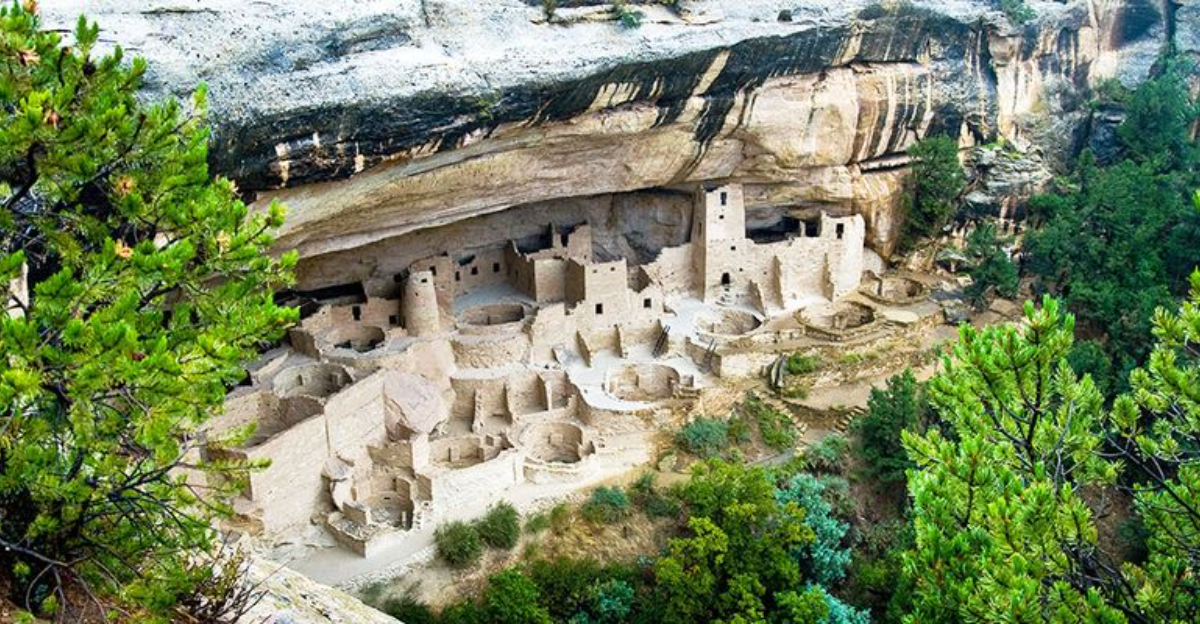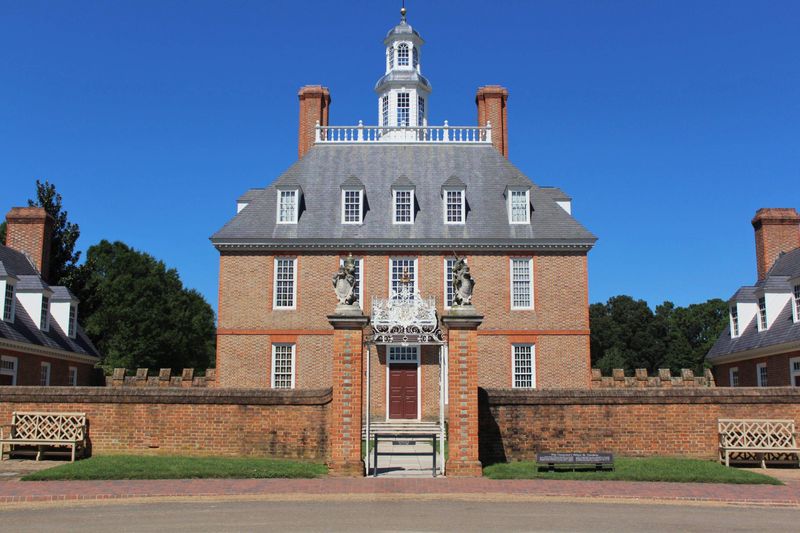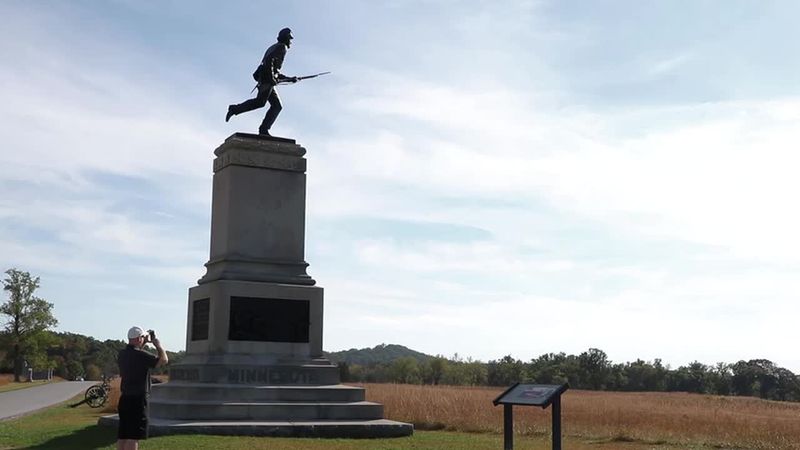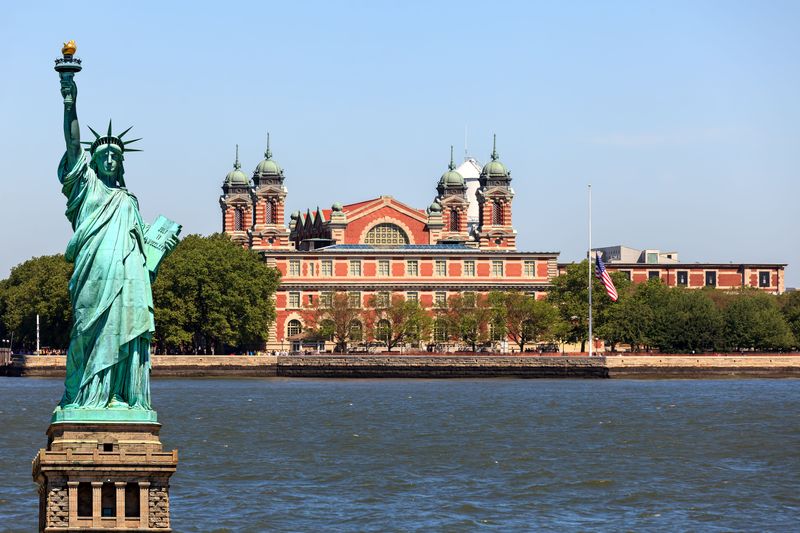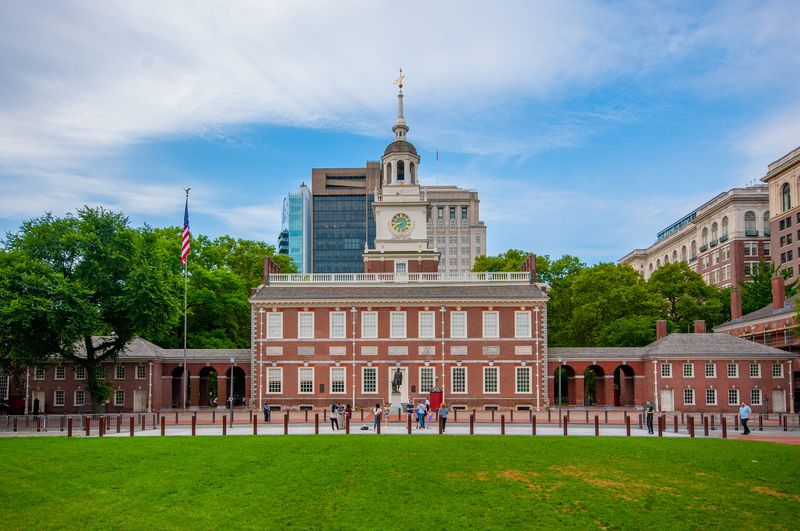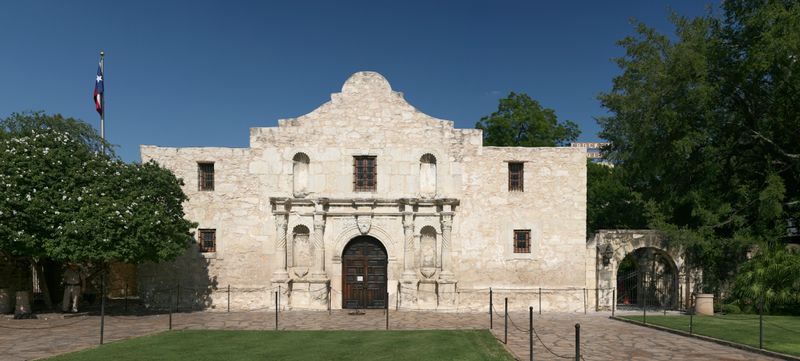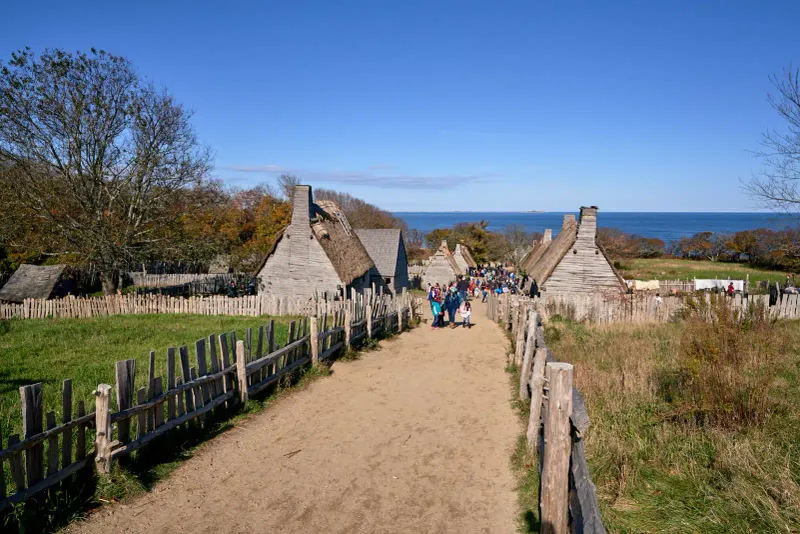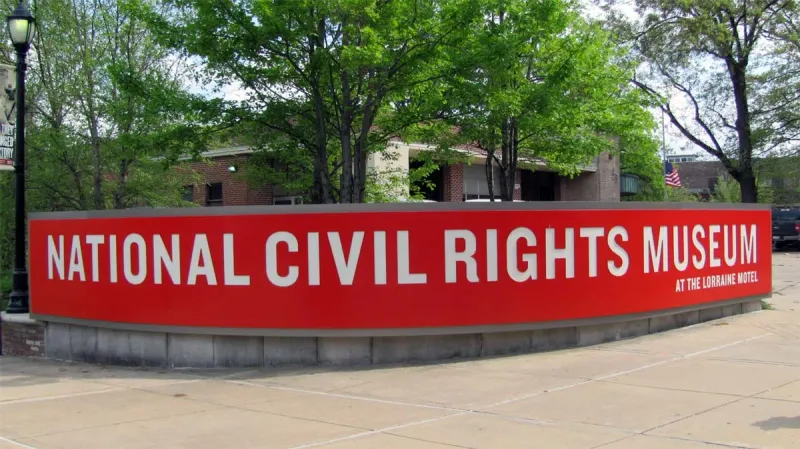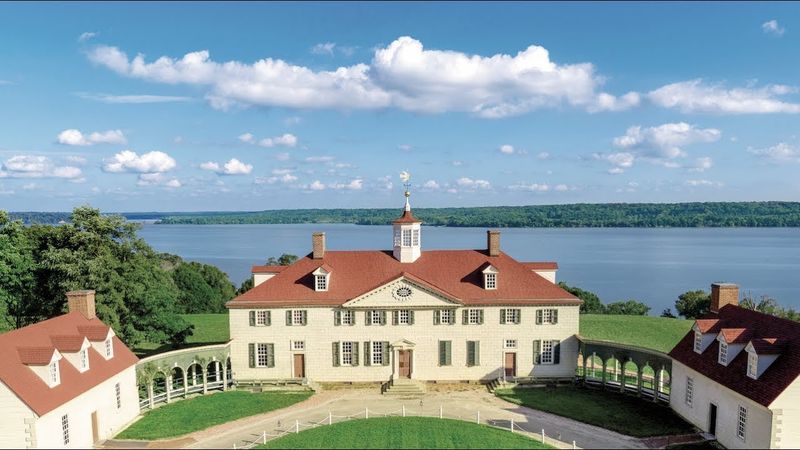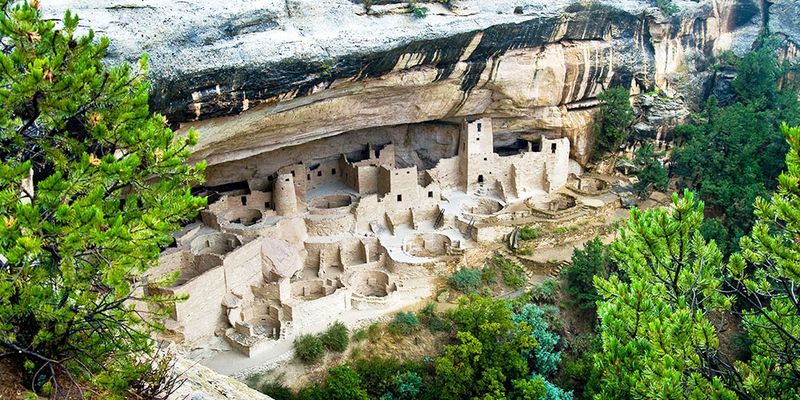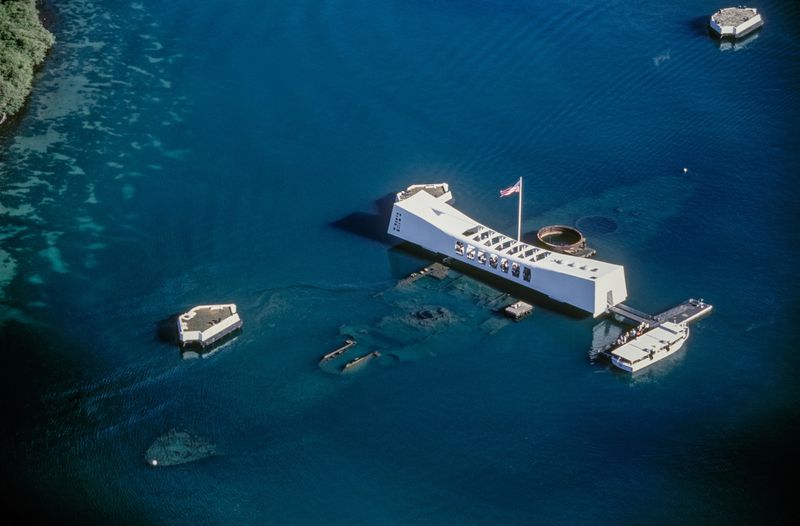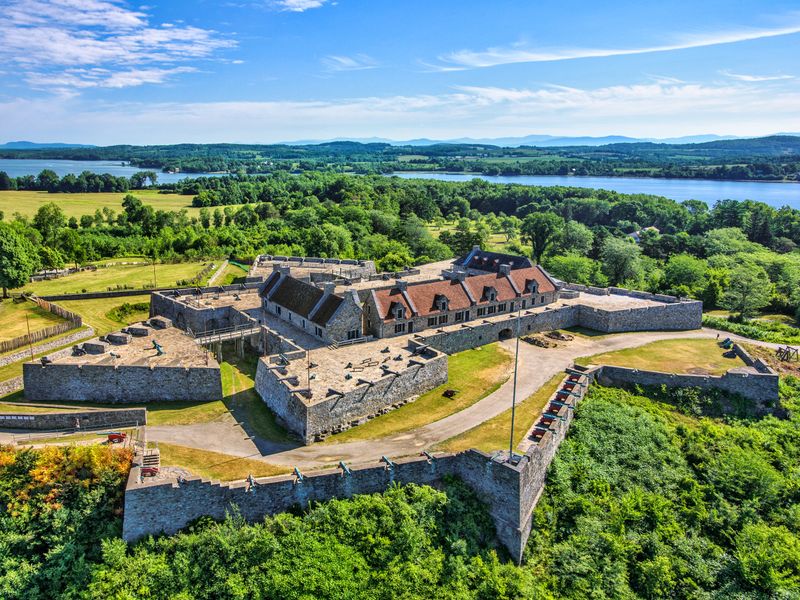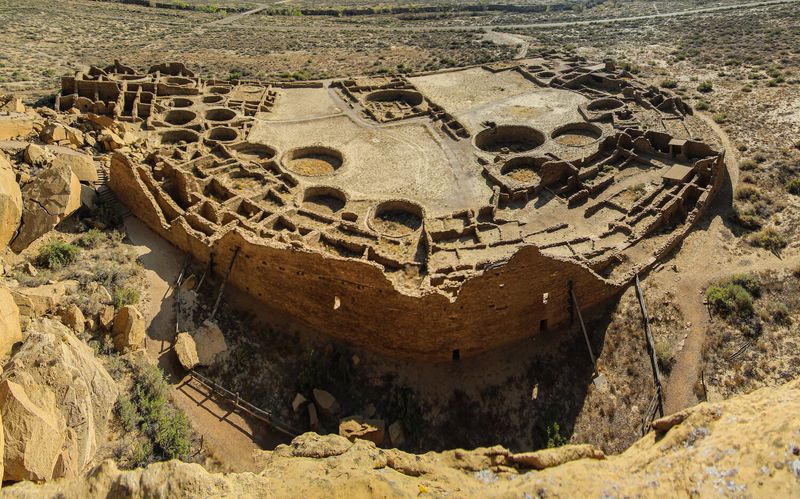Explore the United States through a journey into its rich historical tapestry. These 13 locations offer immersive experiences that bring history to life, showcasing pivotal moments and cultural shifts that have shaped the nation. From colonial times to modern civil rights movements, each site tells a unique story, inviting visitors to step back in time and feel the pulse of history.
1. Colonial Williamsburg, Virginia
Colonial Williamsburg transports you to an era of revolutionary ideas and daily colonial life. As you wander streets lined with 18th-century architecture, costumed interpreters engage visitors, reenacting the routines of early Americans. Feel the revolutionary spirit at the Governor’s Palace and listen to blacksmiths hammering out their craft. Imagine the fervent discussions held in taverns by great minds such as George Washington and Thomas Jefferson. With each step, you sense the echoes of the past, making Williamsburg a vibrant tableau of American history.
2. Gettysburg National Military Park, Pennsylvania
Gettysburg National Military Park stands as a poignant reminder of the Civil War’s most brutal clash. Walking these hallowed grounds, one can’t help but reflect on the enormity of the 1863 battle. The museum’s expansive exhibits and the breathtaking cyclorama offer vivid insights into the conflict. Take a guided tour to understand the strategic maneuvers and personal sacrifices. It’s here that President Lincoln delivered the iconic Gettysburg Address, forever etching words of unity and hope into the American conscience.
3. Ellis Island & Statue of Liberty, New York/New Jersey
Ellis Island serves as a poignant gateway to the American dream. Between 1892 and 1954, over 12 million immigrants passed through its halls, carrying hopes and dreams for a new life. The island’s museum brings their stories to life, with exhibits showcasing personal artifacts and records. Standing beside the iconic Statue of Liberty, one feels the enduring promise of freedom and opportunity. These landmarks together embody the heart of America’s immigrant legacy, offering a moving tribute to resilience and aspiration.
4. Independence Hall, Philadelphia, Pennsylvania
Independence Hall in Philadelphia is a hallowed ground of democracy. Here, the founding fathers debated and signed the Declaration of Independence in 1776 and the U.S. Constitution in 1787. As you stand in the very room where these pivotal decisions were made, the weight of history is palpable. Just steps away, the Liberty Bell continues to inspire with its message of freedom. This site remains a powerful symbol of the principles upon which America was built, inviting reflection on liberty and governance.
5. The Alamo, San Antonio, Texas
The Alamo stands as a testament to courage and sacrifice. This former mission in San Antonio became a pivotal battleground in 1836 during the Texas Revolution. Here, legendary figures like Davy Crockett and Jim Bowie made their last stand against overwhelming odds. The preserved buildings and the detailed museum exhibits tell the story of this crucial conflict. Visitors are drawn into the narrative of struggle and resilience, as the Alamo continues to symbolize the fight for freedom and self-determination.
6. Plymouth Plantation, Massachusetts
Plymouth Plantation offers a window into the early days of American settlement. This living-history museum recreates the 1620s Pilgrim village and a nearby Wampanoag community. Interpreters, portraying actual historical figures, bring the past to life with vivid accuracy. As you explore the meticulously reconstructed homes and gardens, you gain insight into the daily lives, challenges, and interactions between the Pilgrims and Native Americans. This immersive experience fosters a deep appreciation for the perseverance and cultural exchanges that shaped early America.
7. National Civil Rights Museum, Memphis, Tennessee
The National Civil Rights Museum, located at the Lorraine Motel, is a powerful tribute to the struggle for equality. This site marks the location where Dr. Martin Luther King Jr. was assassinated in 1968. Through immersive exhibits and poignant artifacts, the museum chronicles the Civil Rights Movement, highlighting key events and figures. Visitors are invited to reflect on the ongoing fight for justice and the enduring legacy of those who have fought for civil rights. The museum stands as a beacon of hope and progress.
8. Mount Vernon, Virginia
Mount Vernon offers an intimate glimpse into the life of George Washington. This sprawling plantation estate, nestled along the Potomac River, served as Washington’s home for much of his life. Visitors can explore the grand mansion, meticulously preserved with period furnishings, and the surrounding slave quarters. Walking the grounds, one gains insight into Washington’s roles as a farmer, general, and president. This historical site provides a multidimensional view of Washington’s life and legacy, echoing the complexities of early American society.
9. Mesa Verde National Park, Colorado
Mesa Verde National Park unveils the mysteries of an ancient civilization. Nestled within the cliffs of Colorado, the park is home to the remarkable stone dwellings of the Ancestral Puebloans, dating from 600 to 1300 AD. These intricate structures, such as the iconic Cliff Palace, showcase the ingenuity and adaptability of their builders. As you wander through these ancient homes, the whispers of history are ever-present. Mesa Verde offers a window into the past, revealing the rich cultural heritage of Native American history.
10. Pearl Harbor National Memorial, Hawaii
The Pearl Harbor National Memorial is a somber tribute to a pivotal moment in history. Above the sunken USS Arizona, the memorial honors the lives lost during the attack on December 7, 1941. As visitors traverse the site, the serene waters contrast with the poignant stories of bravery and sacrifice. The museum’s exhibits, complemented by firsthand survivor accounts, bring the events of that fateful day to life. Pearl Harbor remains a place of reflection and remembrance, highlighting the enduring impact of World War II.
11. Fort Ticonderoga, New York
Fort Ticonderoga stands as a sentinel of Revolutionary War history. Nestled in New York’s serene landscape, this fortification played a crucial role during the war. Historical reenactments and detailed museum exhibits bring to life the strategic battles that occurred here. As visitors explore the fort’s walls and barracks, they gain insight into the military tactics and daily life of the soldiers. The picturesque views of Lake Champlain provide a stunning backdrop, enhancing the sense of stepping back into a time of revolution and change.
12. Selma to Montgomery National Historic Trail, Alabama
The Selma to Montgomery National Historic Trail marks a path of courage and determination. This trail in Alabama commemorates the 1965 Voting Rights March, a pivotal event in the Civil Rights Movement. Walking the same route where activists once trod, visitors are reminded of the powerful demands for justice and equality. Each step resonates with the footsteps of those who risked their lives to secure voting rights. The trail stands as a testament to the enduring struggle for civil rights and the unwavering spirit of those who marched.
13. Chaco Culture National Historical Park, New Mexico
Chaco Culture National Historical Park offers a glimpse into the astronomical wonders of the Ancestral Puebloans. Located in the remote desert of New Mexico, this site features impressive ruins dating back to 850 AD. The complex structures align with celestial events, showcasing advanced knowledge of the stars. As you explore the expansive ruins, the ingenuity and spiritual depth of the Puebloan culture become apparent. Chaco is a remarkable testament to the architectural and astronomical achievements of an ancient civilization, shrouded in mystery and wonder.
